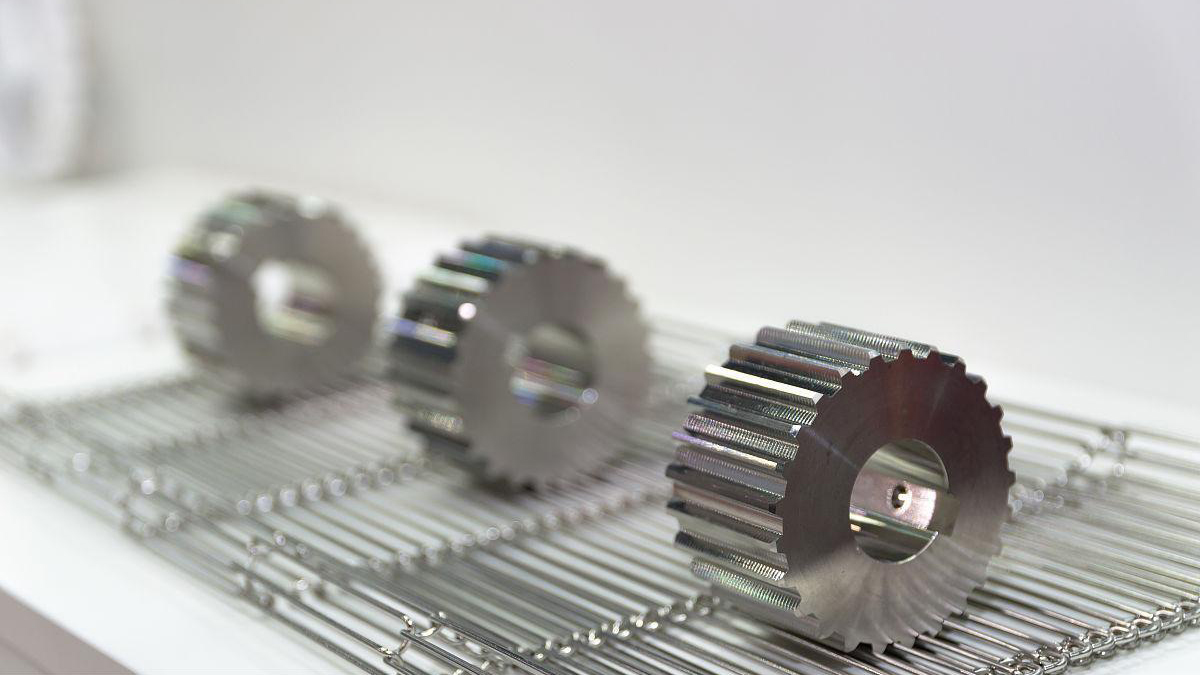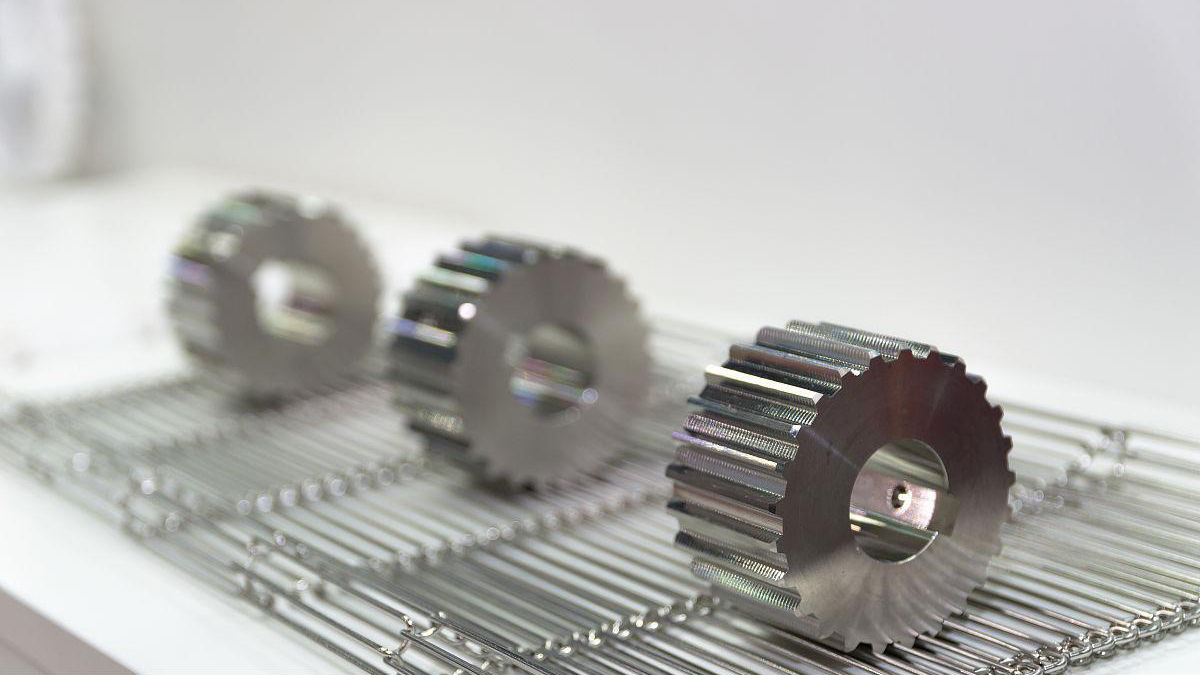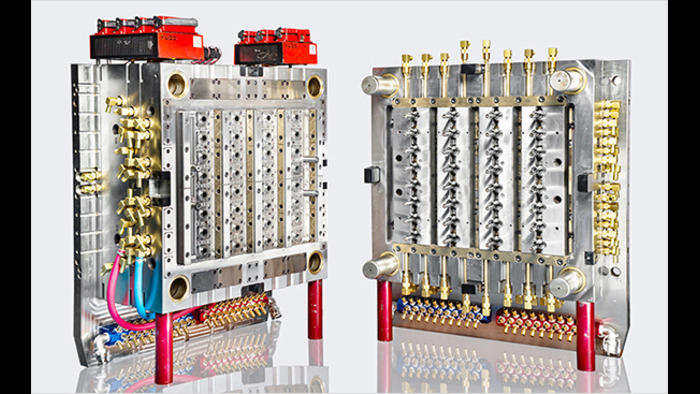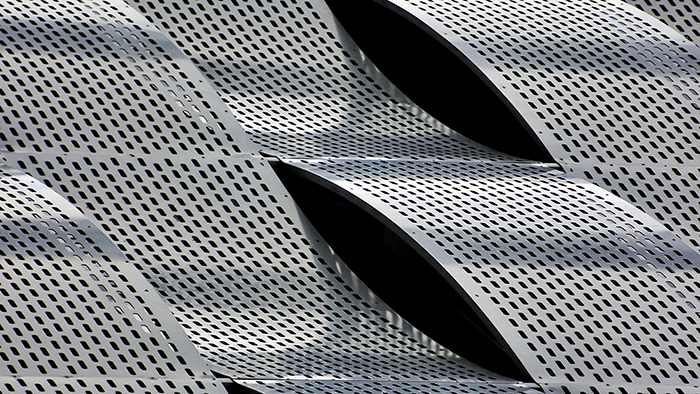










Here is a detailed guide to the professional terminology associated with Vacuum
Casting (also known as Urethane Casting or Polyurethane Casting), organized by
category for clarity.
Vacuum Casting: Professional Terminology
Category 1: Core Process & Principle
|
Term |
Definition & Context |
|
Vacuum Casting |
The overall process of using a vacuum to
draw liquid polyurethane resin into a silicone mold to create high-quality
replicas of a master pattern. The vacuum eliminates air bubbles. |
|
Urethane Casting |
A common synonym for Vacuum Casting,
emphasizing the use of polyurethane resins as the material. |
|
Polyurethane Casting |
Another synonym, highlighting the specific
family of materials used. |
|
Silicone Molding |
The broader category of manufacturing that
Vacuum Casting falls under. It specifies that the mold is made of silicone. |
|
Replication Process |
The core concept of the technology:
creating multiple copies (replicas) from a single master model. |
|
Master Pattern (or Master Model) |
The original, perfectly finished model from
which the silicone mold is made. It is typically produced via SLA or CNC
Machining. |
|
RTV Silicone Mold |
Room-Temperature-Vulcanizing silicone mold.
The silicone rubber cures to a solid, flexible state at moderate oven
temperatures (e.g., 40-70°C). It is the material of choice for the mold. |
|
Casting Cycle |
The complete process of pouring resin into
the mold, curing, and de-molding a single part. A single mold can withstand
multiple cycles before degrading. |
Category 2: Materials
|
Term |
Definition & Context |
|
Polyurethane Resin (PU Resin) |
A two-part system (Polyol + Isocyanate)
that, when mixed, cures into a solid plastic. These resins are the
"ink" of vacuum casting. |
|
Two-Part Resin |
The standard form of PU resins, comprising
a "Part A" (base/resin) and a "Part B"
(hardener/catalyst) that must be mixed in a specific ratio. |
|
Mix Ratio (e.g., 100A:80B) |
The precise proportion by weight in which
the two components of the resin must be mixed to ensure proper curing. |
|
Pot Life (or Working Time) |
The amount of time available to work with
the mixed resin before it begins to thicken and gel, making it unusable for
pouring. |
|
Cure Time |
The time required for the poured resin to
fully harden and develop its final mechanical properties inside the mold,
typically in an oven. |
|
Shore Hardness |
A scale (e.g., Shore A for rubbers, Shore D
for rigid plastics) that measures the hardness of the cured material. (e.g.,
A "soft-touch" resin might be Shore A 60). |
|
Simulation Material / "Like"
Material |
PU resins are formulated to mimic the
properties of production thermoplastics. Common examples include ABS-like, PP-like, PC-like, and PMMA-like (transparent)
resins. |
Category 3: Mold Making & Design
|
Term |
Definition & Context |
|
Sprueing / Gating System |
The network of channels designed to allow
resin to flow into the mold cavity. It includes the main sprues, runners, and gates. |
|
Pouring Cup / Funnel |
The opening at the top of the mold where
the resin is poured. |
|
Runners |
The channels that carry the resin from the
sprue to the gates. |
|
Gates |
The small, controlled openings where the
resin enters the main part cavity. Gates are designed to be easily removed
with minimal marks. |
|
Venting / Air Vents |
Small, strategically placed channels that
allow air to escape the mold as the resin flows in, preventing air traps. |
|
Mold Cavity |
The hollow space within the silicone mold
that is an exact negative impression of the master pattern. |
|
Mold Parting Line |
The seam or line where the two halves of
the silicone mold meet. |
|
Mold Life / Number of Shots |
The maximum number of high-quality parts
that can be cast from a single silicone mold before it degrades (typically 15 to 25
cycles for standard resins). |
|
K-factor (Shrinkage Factor) |
A calculated factor (e.g., 1.004) applied
to the master model's dimensions to compensate for the shrinkage of both the
silicone mold and the cast PU resin. |
Category 4: Process & Equipment
|
Term |
Definition & Context |
|
Vacuum Casting Machine |
The primary equipment, consisting of a
vacuum chamber, a vacuum pump, and often a built-in oven. |
|
Vacuum Chamber |
The sealed chamber where the mold is placed
during the resin pouring process to remove air. |
|
Degassing |
The critical step of placing the mixed
resin (and often the liquid silicone before mold making) in a vacuum chamber
to remove entrapped air bubbles. |
|
De-molding |
The process of carefully opening the
silicone mold and removing the finished, cured part. |
|
Post-Curing |
An additional curing step after de-molding,
where the part is placed in an oven to achieve its ultimate mechanical
strength and thermal properties. |
|
Incubation / Curing Oven |
An oven used to accelerate the curing
process of both the silicone mold and the cast PU parts. |
Category 5: Secondary Operations & Finishing
|
Term |
Definition & Context |
|
Flash (or Fin) |
A thin, unwanted film of resin that escapes
into the parting line of the mold. It must be trimmed off in post-processing. |
|
De-flashing |
The manual process of trimming away the
flash from the finished part. |
|
Overmolding |
An advanced vacuum casting technique where
a rigid substrate (often a previously cast part) is placed into the mold, and
a second, flexible material is cast over it to create a single,
multi-material component. |
|
Insert Molding |
Similar to overmolding, but a pre-made
component (like a metal insert) is placed into the mold, and the resin is
cast around it. |
|
Surface Texture / Grain |
The surface finish (e.g., matte, glossy,
leather, orange peel) that is replicated from the master pattern onto the
final cast parts. |
|
Tumbling / Vibratory Polishing |
A mechanical finishing process used to
smooth edges and surfaces, often used for de-flashing small parts in bulk. |
Category 6: Application & Comparison
|
Term |
Definition & Context |
|
Rapid Prototyping |
A primary application of vacuum casting:
quickly creating prototypes that look and function like production parts. |
|
Bridge Tooling / Bridge Manufacturing |
Using vacuum casting to produce parts for
market testing, clinical trials, or early sales while production (injection
molding) tools are being manufactured. |
|
Low-Volume Production |
The use of vacuum casting for manufacturing
small batches of end-use parts (from 10s to 100s of units). |
|
Pilot Run |
A small-scale production run to validate
the manufacturing process before full-scale production; vacuum casting is
ideal for this. |
|
Injection Molding |
The high-volume production process that
vacuum casting simulates. The key comparison is soft tooling (silicone) vs. hard
tooling (steel). |
This glossary provides a comprehensive
foundation for understanding the technical language and processes involved in
Vacuum Casting.